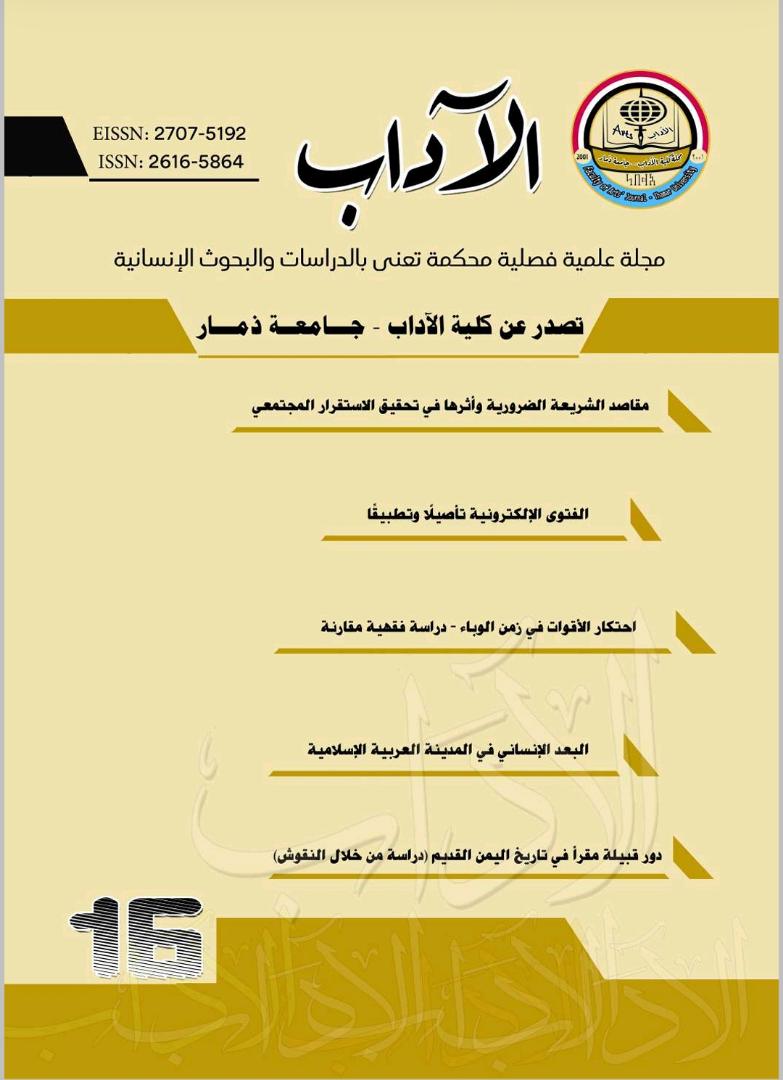Dental Diseases in the Nabataeans and their Relationship to Food in Al-Hijr City: A Historical and Civilizational Study in the Light of Archeology and Modern Studies
DOI:
https://doi.org/10.35696/.v1i16.676Keywords:
Nabataean, Mada'in Saleh, Al-Hijr, FoodAbstract
The study of diseases affecting teeth of ancient peoples provides very important information about the type of food available, the eating habits used and some other inappropriate behaviors and practices in the use of teeth other than their functions. The significant of this research depends on this valuable information in the field of dental diseases that the Nabataeans suffered in the city of Al-Hijr - Mada'in Saleh, especially after recent archaeological excavations. That took place on some Nabatean tombs at the site, and this research aims to identify the types of dental diseases at the Nabataeans, and to stand on its causes, as the research seeks trying to find a relationship between these diseases and the type of food consumed. The study also tries to explore the relationship between these diseases and some of the behaviors practiced in some daily work, and provide a clear picture of an aspect of public health in the Nabataeans. This can be done by highlighting the study of dental diseases and extracting some information about some of their nutritional habits and unsound daily practices.Downloads
Download data is not yet available.
Downloads
Published
2020-09-01
How to Cite
Al-Nufiae, E. S. A. . (2020). Dental Diseases in the Nabataeans and their Relationship to Food in Al-Hijr City: A Historical and Civilizational Study in the Light of Archeology and Modern Studies. Journal of Arts, 1(16), 500–534. https://doi.org/10.35696/.v1i16.676
Issue
Section
1
License
Copyright (c) 2021 إيمان بنت سعد بن علي النفيعي (مؤلف)

This work is licensed under a Creative Commons Attribution 4.0 International License.
Copyright and Licensing
For all articles published in journal, copyright is retained by the authors. Articles are licensed under an open access Creative Commons CC BY 4.0 license, meaning that anyone may download and read the paper for free. In addition, the article may be reused and quoted provided that the original published version is cited. These conditions allow for maximum use and exposure of the work.



